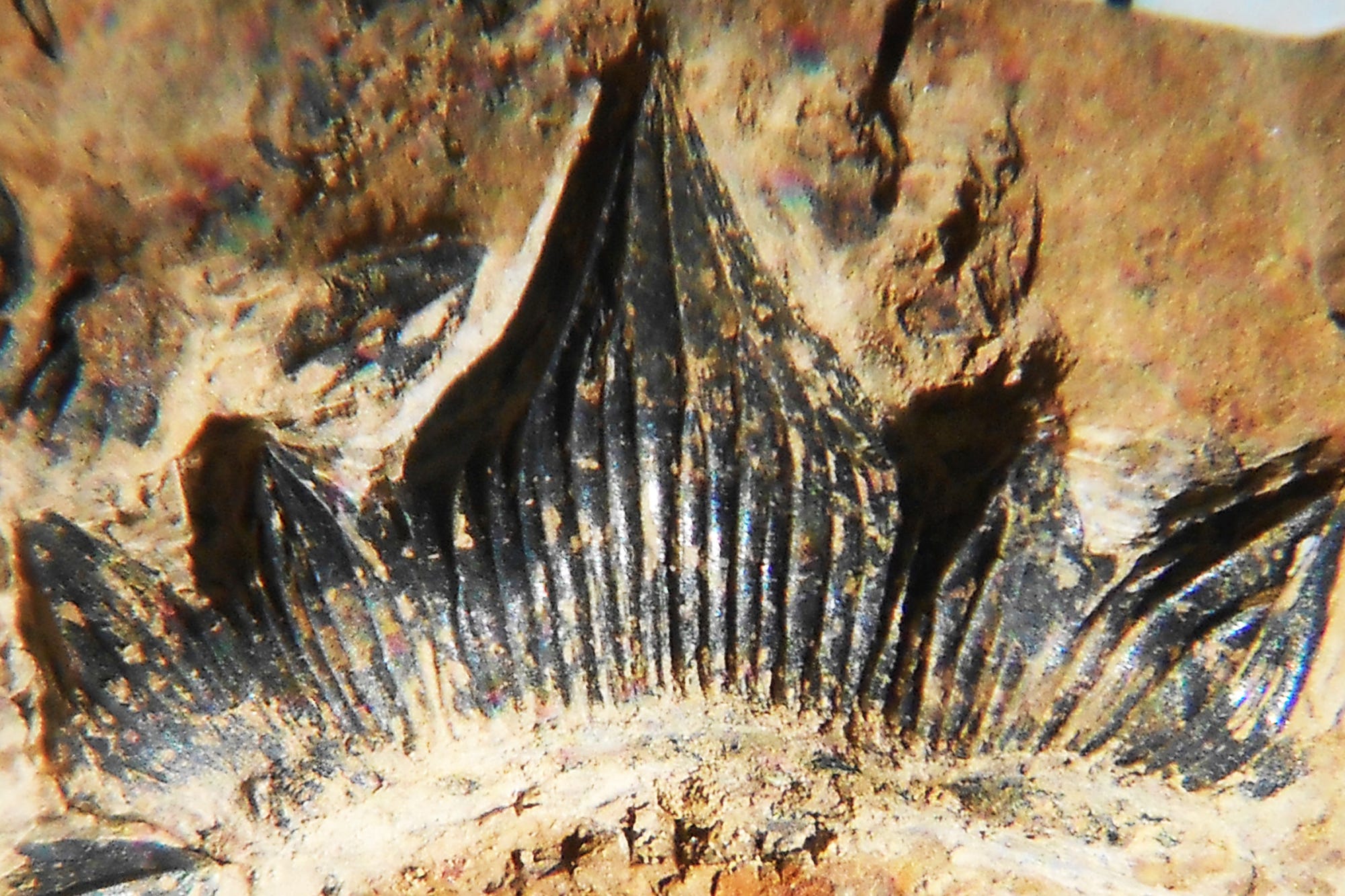
John-Paul Hodnett via AP
- Scientists finally named an ancient shark fossil that was found in 2013, according to the AP.
- Once named, "Gorilla Shark," researchers renamed the 300 million old shark Dracopristis hoffmanorum.
- The shark was named after the Hoffman family who owned the land where the fossil was found,a news release said.
- Visit Insider's homepage for more stories.
A shark fossil that was discovered in New Mexico about seven years ago, initially coined "Godzilla Shark," has received an official formal name from a group of scientists, according to the Associated Press.
Scientists have named the 300 million old shark Dracopristis hoffmanorum, according to a news release. The New Mexico Museum of Natural History and Science (NMMNHS) described it as a "6.7-foot-long shark."
According to the Associated Press, the ancient shark skeleton was named after a family who owned the land where the fossil was first discovered miles east of Albuquerque, New Mexico.
"Dracopristis had 12 rows of piercing teeth in robust powerful jaws, and bore two 2 ½-foot long fin spines on its back," the news release said. " This combination of features gave this shark the popular nickname 'Godzilla Shark' when it was discovered in the Manzano Mountains in May 2013."
-NMMNHS Paleontology (@NMMNHS_Paleo) April 16, 2021
Following years of research, the scientists discovered that the fossil was a "new kind of ctenacanth shark," according to the news release. They also concluded that the shark resided in shallow waters hunting on fish, other sharks, and crustaceans, the news release said.
The team of scientists apart of this effort consisted of John-Paul Hodnett, a paleontologist of Maryland who found the fossil when he was a grad student, according to the news release and the Associated Press.
"Eileen D. Grogan and Richard Lund of St. Joseph's University in Pennsylvania, Spencer G. Lucas, Curator of Paleontology at NMMNHS, Tom Suazo, former fossil preparator at NMMNHS, David K. Elliot of Northern Arizona University, and Jesse Pruitt of Idaho State University," were also among the group who published in the Bulletin of New Mexico Museum of Natural History and Science about the shark, according to the news release.